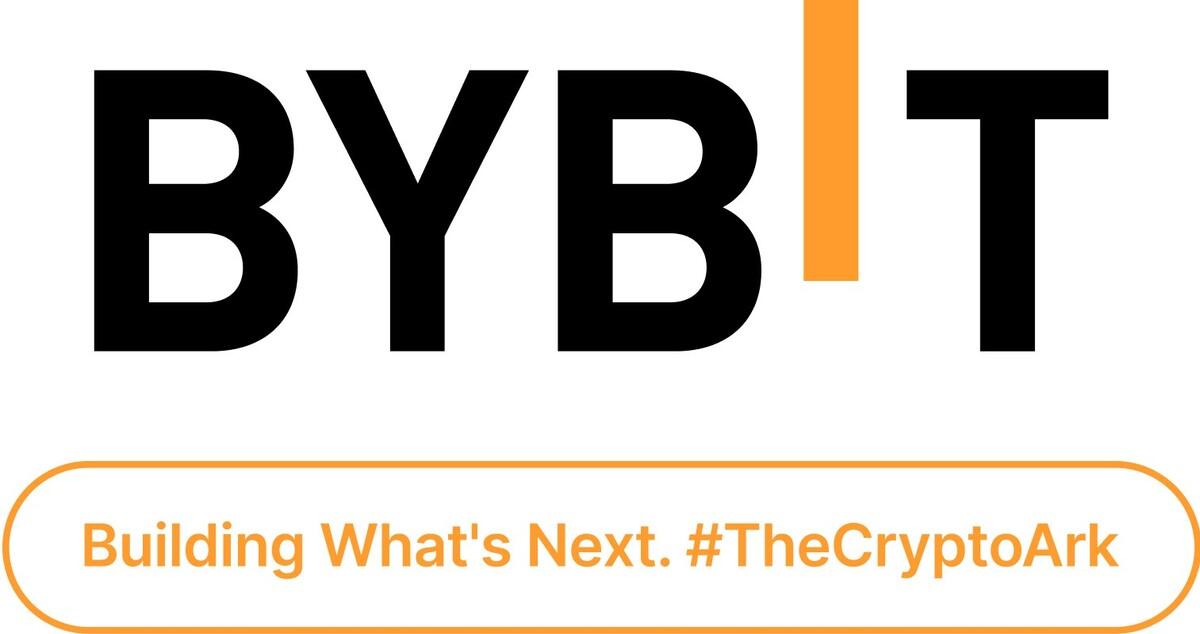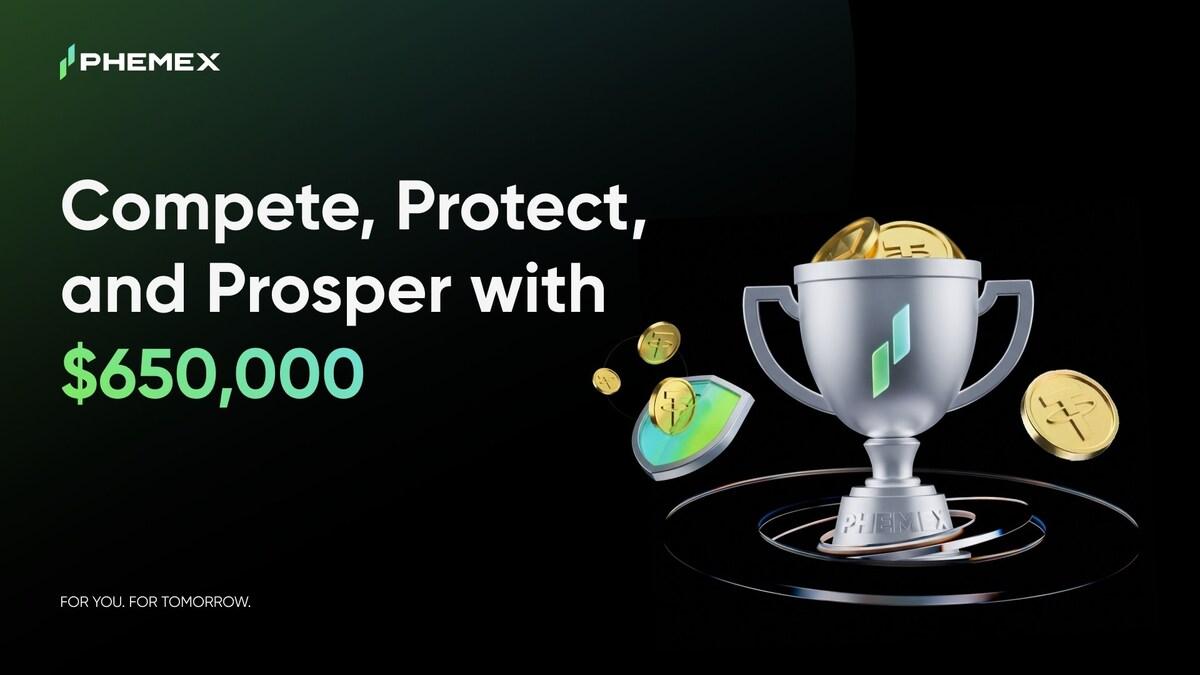zkSync L3 is a product that, together with zkSync Lite and zkSync Era, contributes to the ultimate Layer 3 vision. So, what is intriguing about zkSync L3? Let’s learn details about this project with Coincu through this zkSync L3 Review article.

What is zkSync L3?
Layer 2 solution context
In the realm of cryptocurrencies, Ethereum has long reigned as the largest and most prominent ecosystem, serving as the foundation for a multitude of decentralized finance (DeFi) decentralized applications (dApps). Despite its widespread adoption, Ethereum has grappled with challenges such as high gas fees and network congestion, prompting various projects to explore innovative solutions. The rise of Layer 2 (L2) scaling solutions has emerged as a promising strategy to alleviate these issues, bolstering network performance and user engagement.
The concept of Layer 2 was conceived to enhance scalability, specifically addressing transaction speed and fees on Ethereum’s Layer 1. Notably, solutions like Optimistic Rollups, including platforms like Arbitrum and Optimism, have made substantial strides in this domain. Over the course of a single year, transaction volumes have surged by a factor of ten, underscoring the migration of users from Layer 1 to Layer 2.
Arbitrum and Optimism have garnered attention not only for their capacity to handle transactions efficiently but also for the rapid growth in Total Value Locked (TVL) and ecosystem expansion. In many ways, these Optimistic Rollups have effectively integrated with Ethereum, fostering a collaborative environment for both work and users.

Nevertheless, Layer 2 has its own set of challenges to confront:
- Transaction fees, while notably lower than Ethereum’s, remain relatively high for a significant portion of users despite numerous upgrades.
Specialized protocols for trading, non-fungible tokens (NFTs), and gaming demand even swifter speeds and more cost-effective fees than what current Layer 2 platforms provide. - Presently, Ethereum’s Layer 2 scaling solutions, such as Arbitrum and Optimism, offer transactions that surpass Ethereum’s efficiency by at least tenfold, a substantial improvement. These platforms have gained remarkable traction in a relatively short span of time. However, the question that looms is: What’s the next evolutionary leap Ethereum needs to achieve widespread adoption?
The answer appears to lie in the realm of zero-knowledge (ZK) proofs, with zkSync leading the charge as it introduces a Layer 3 (L3) scaling solution. zkSync, powered by ZK technology, aspires to propel Ethereum to new heights of scalability. Notably, Matter Labs, the masterminds behind zkSync, recently secured an impressive $200 million in a Series C funding round.
While zkSync’s L3 solution promises advancements, it’s clear that the ecosystem yearns for further innovations. As the Ethereum Improvement Proposal (EIP) landscape evolves, particularly with the advent of EIP-4488 and notably EIP-4844, efforts to enhance transaction speed and curb fees on Layer 2 persist. The notion of Layer 3 stands as one of these transformative endeavors, aligned with the community’s collective aspiration for a scalable and economically viable Ethereum future.
zkSync L3
The zkSync team has ventured into the realm of Layer 3 solutions with the introduction of zkSync L3. This development marks a significant milestone as zkSync L3 is designed to build upon the existing foundation of its Layer 2 infrastructure. As part of their initiative to foster widespread adoption, zkSync has rolled out a set of powerful developer tools, including CLI and SDK, that empower others to create and interact with their own L3 solutions.
The strategy involves gradually onboarding developers and DApps to the L2 blockchain through the Baby Alpha mainnet before fully unveiling the L2 launch. This incremental approach underscores zkSync’s commitment to refining the platform for future interactions.

A crucial component of zkSync’s roadmap is the forthcoming proof-of-concept launch known as zkSync L3 Pathfinder. This initiative aspires to bring about the “ultimate scaling solution.” Leveraging zkEVM, the solution aims to establish a trusted and adaptable blockchain ecosystem. Remarkably, zkSync L3 Pathfinder is poised to be the pioneer L3 solution to incorporate ZK-Rollup technology, aptly referred to as the “fractal hyperchain.” This innovation is projected to deliver a substantial performance boost, potentially ranging from 10 to 100 times that of its L2 counterpart.
zkSync remains optimistic about the transformative potential of its L3 prototype. Envisioning enhanced blockchain performance across scaling, customization, and security, zkSync is committed to establishing a more expedient, cost-effective, and user-centric platform. Developers and users alike can look forward to a future where interaction within the blockchain landscape is not only smoother but also exponentially more practical.
Main components of zkSync L3
zkSync introduces a well-structured framework comprising three vital components that aim to revolutionize the blockchain landscape while ensuring security and decentralization.
- The primary layer, named Layer 1, is anchored on the Ethereum blockchain. This strategic choice is underpinned by the need to bolster security and decentralization for subsequent layers. Transactions conducted in either Layer 2 or Layer 3 find their ultimate agreement and storage at Layer 1, fortifying the entire ecosystem’s robustness.
- Layer 2, known as the base chain, inherits the bedrock of security laid down by Layer 1. It seamlessly integrates with the Ethereum Virtual Machine (EVM) and propels scalability to unprecedented heights. With the potential to scale between 10x and 100x compared to its predecessor, Base Chain surges forward as a beacon of efficiency and speed.
- Ascending further, Layer 3 ascends the architectural hierarchy with the moniker Hyperchain. Distinguished by its strategic positioning atop Layer 2, Hyperchains come in two distinctive flavors. They can either manifest as standalone blockchains or manifest as specialized decentralized applications (DApps) tailored to specific shards. These HyperChains, within the zkSync framework, unveil an array of defining attributes.
First and foremost, the unification of HyperChains transpires through the HyperBridge. This centralized bridge links the various HyperChains, fusing them into a cohesive network that amplifies interoperability and synergies.
Moreover, HyperChains take on the mantle of flexibility in scalability, empowering projects to align with their unique requirements. This is achieved through three distinct options: zkRollup, zkPorter, and Validium. While zkRollup is acclaimed for its paramount focus on security, zkPorter and Validium cater to the pursuit of scalability, presenting a nuanced choice to project developers.
Amidst this intricate tapestry of capabilities, HyperChains offer project teams the liberty to make crucial determinations. Privacy becomes a prerogative, enabling users to exercise discretion in safeguarding their transactional information. Additionally, the selection of a native token as a transaction fee is entrusted to the discretion of HyperChain architects, endowing them with a pivotal choice that reverberates throughout their ecosystem. Now, the zkSync L3 Review article will learn about the options the project offers.
Options for zkSync L3
The zkSync Layer 3 solution has three distinct data availability options, each tailored to different priorities and use cases within the blockchain ecosystem. The options are zkRollup, zkPorter, and Validium, and they cater to a wide range of applications and industries.
For developers prioritizing security, the zkRollup option emerges as a robust choice. This avenue is particularly well-suited for ecosystems heavily focused on decentralized finance (DeFi). By emphasizing security, zkRollup ensures a sturdy foundation for transactions and operations within these DeFi landscapes.
On the other hand, for developers seeking optimal scalability, the zkPorter option comes to the fore. This variant is ideal for gaming platforms and ecosystems revolving around non-fungible tokens (NFTs). Its scalability-driven approach paves the way for seamless and rapid transactions, catering to the demands of high-throughput environments.
Meanwhile, the Validium option provides a compromise between performance and security. It offers higher performance capabilities than zkPorter, albeit with relatively lower security levels. This choice could suit scenarios where rapid transactions are paramount, and a certain degree of security can be foregone.

Beyond the spectrum of data availability options, zkSync L3 grants developers the flexibility to fine-tune the HyperChain fractal, enhancing various platform aspects. This includes customizable privacy features, the autonomy to tailor tokenomics and incentives, and the potential launch of a native token. This native token would incentivize Sequencers, Provers, and Data Availability (DA) providers, thereby fostering a self-sustaining ecosystem.
zkSync doesn’t stop at internal customization; it also integrates with HyperBridge, functioning as a cross-chain bridge. This integration aligns with the vision of interconnectivity seen in technologies like the Inter-Blockchain Communication (IBC) protocol in the Cosmos ecosystem or Cross-Chain Message Passing (XCMP) in Polkadot’s network.
The zkSync Layer 3 solution stands as a testament to the convergence of the Internet of Blockchain and Modular Blockchain paradigms. This innovative approach offers a comprehensive solution for scaling and optimizing blockchain networks, promising benefits across various industries. However, the ambitious nature of zkSync’s model indicates that challenges may be overcome during its developmental journey.
Pros & Cons Of zkSync L3
Pros
- Compared to Layer 1, zkSync estimates a 10-100-fold gain in performance with Layer 2, but with Layer 3, the performance is endless.
- Using data availability solutions will reduce the cost of storing data on Layer 3 significantly.
- zkSync will continue to develop the SDK in order to make constructing a Layer 3 10 times simpler.
- Not only does it support Sodility or Vyper, but zkSync hopes to support a wide range of other prominent programming languages, including Rust, C++, Swift, and others.
- The security of HyperBridge is ten times that of traditional Bridge platforms.
Cons
- When applied in reality, the Layer 3 model will be significantly more sophisticated since the data will be rolled numerous times, which might lead to mistakes during operation.
- When the speed is fast and the cost is low, users may often spam transactions, causing network congestion or even shut down, as in the case of Solana or Polygon.
- Layer 3 is still in theory, and when put into reality, it will encounter a variety of issues.
Roadmap
The latest Layer 3 article published by Matter Labs, the creator and builder of zkSync, was in October 2022, when the project was planned to debut the Testnet network in the first quarter of 2023. Nevertheless, we have no information till the end of the second quarter of 2023. Nonetheless, we will learn more about zkSync L3 at the end of 2023 or early 2024.

Conclusion of zkSync L3 Review
zkSync has enormous potential to achieve its high aims of tackling scaling difficulties while retaining mainnet security and user privacy and being completely decentralized in the form of a platform.
zkSync L3 is critical to zkSync’s Endgame vision, but Matter Labs will need a lot more time to realize it. Hopefully the zkSync L3 Review article has helped you understand more about the project.
DISCLAIMER: The information on this website is provided as general market commentary and does not constitute investment advice. We encourage you to do your research before investing.















